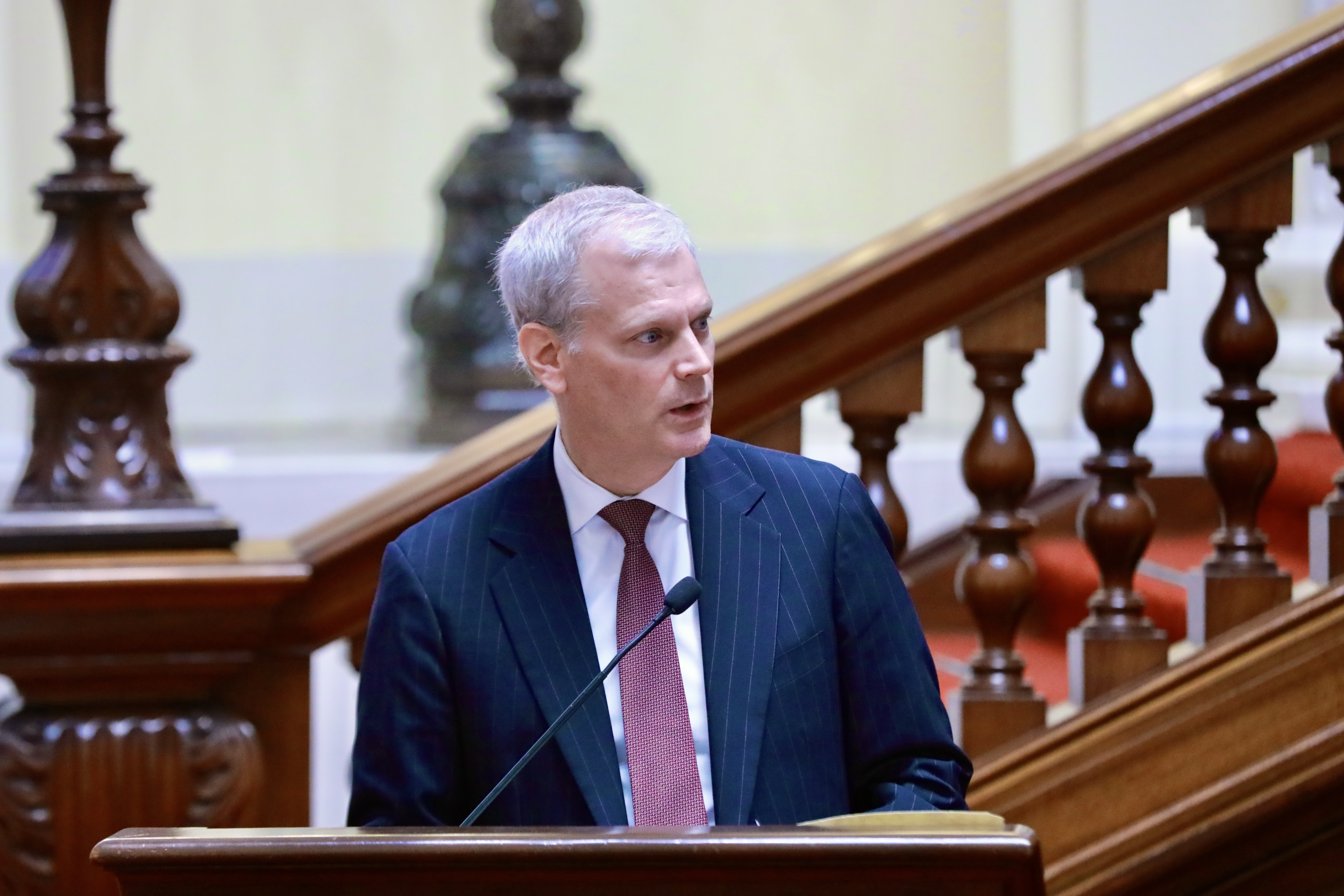No Ordinary Trade Agreement
No Ordinary Trade Agreement
CAFTA-DR has already produced groundbreaking results.
Anyone who remembers the 2004 debate in the U.S. Congress over the Dominican Republic-Central America-United States Free Trade Agreement (CAFTA-DR) likely recalls a contentious and emotional tug of war over the commercial merits and the adequacy of labor provisions in the bill. Nearly five years, $84 million to support labor capacity building and more than $1 billion in overall trade-related assistance (including three Millenium Challenge Corporation compacts) later, CAFTA-DR’s implementation is still a good story to tell.
For the first time in a free-trade agreement, CAFTA-DR includes Trade Capacity Building as one of the law’s core chapters, thus recognizing the asymmetrical development between participating nations and the certainty that the transition to lowered tariffs will involve hardship. It also mandates that a separate committee be responsible for evaluating trade capacity-building progress. This includes analyzing the human, infrastructural and institutional development assistance necessary for countries to more fully participate in and benefit from global trade.
Many who opposed CAFTA-DR questioned whether the bill would ensure that workers in these developing countries (Costa Rica, El Salvador, Guatemala, Honduras, Nicaragua, and the Dominican Republic) would be subjected to derogation of labor laws and loose compliance, or worse. Convictions on both sides of the debate were strong, and the close final votes in Congress reflected the polarized discourse: the Senate passed the implementing legislation in June 2005 by a vote of 54 to 45, and one month later the House of Representatives followed with a vote of 217 to 215.
Read the full text of the article at www.AmericasQuarterly.org.
Gregory Meeks is the U.S. Representative for New York's 6th Congressional District and a senior member of the House Foreign Affairs Committee.







